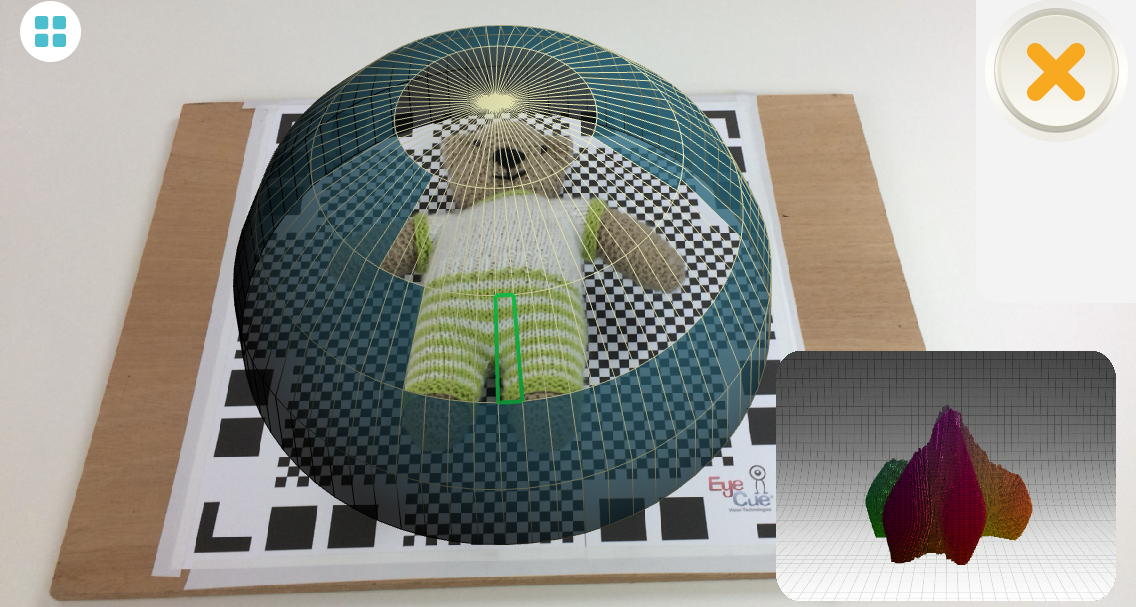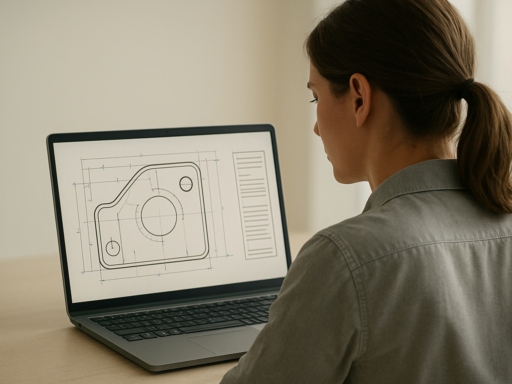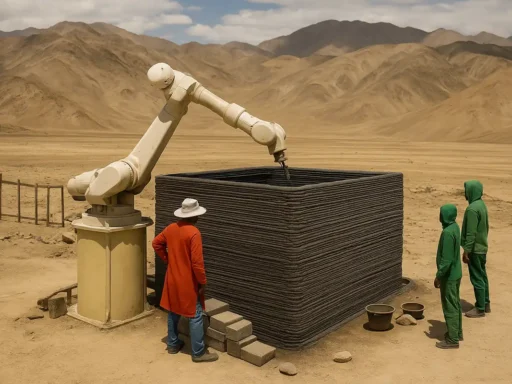Before it was discontinued in 2016, Autodesk’s 123D Catch (Review) was the go-to app for 3D scanning on mobile devices without the need of additional hardware. For iOS users the only current free alternative is TRNIO (Review) which uses a more automated way of capturing a series of photos compared to Autodesk’s photo-by-photo approach.
Now there’s a new app entering this space — Qlone — developed by Eye Cue Technologies, a company that has an impressive portfolio of AR games and apps.
What sets Qlone apart is that it generates results locally in (near) realtime. This as opposed to TRNIO, which uploads your photos to the cloud for processing and sends back the 3D model when it’s done. The benefit of this is clear: faster results. Kind of what Microsoft showed in their 3D Capture demo but that app still has no release date and Qlone is available now.
To make this way of scanning possible, you need to print a QR-code like scanning mat and place the objects you want to scan onto it. When printed on A4 this allows only the scanning of very small objects. To be able to scan my famous Old Jar standing upright, I had to print four A4 office sheets of paper and stick them together.
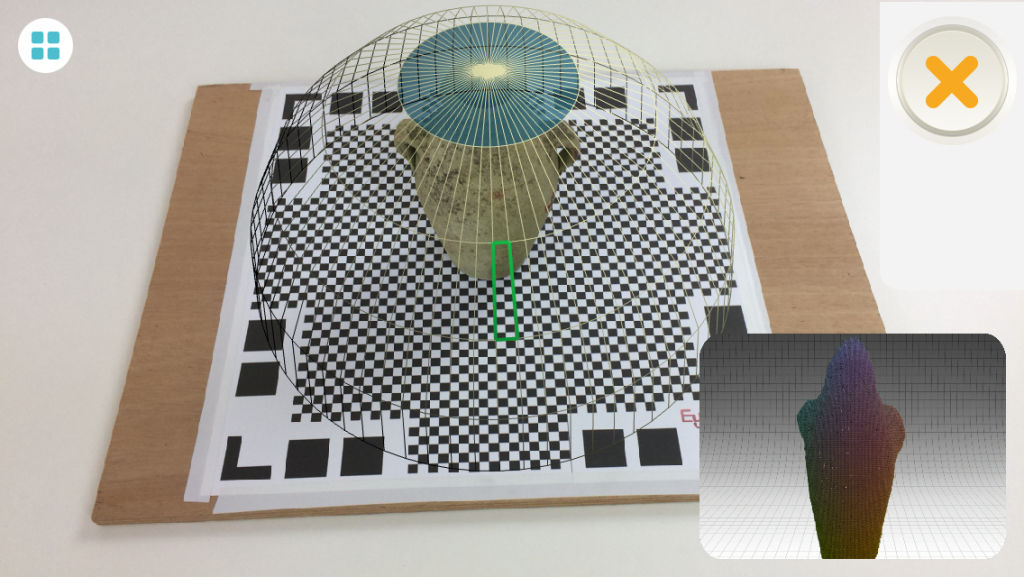
To give an indication of the scanning process, Qlone uses AR-techniques to display a virtual dome over the objects. You can either walk around the objects or use a turntable to rotate the mat with the object. And it’s best to keep it totally flat so I mounted mine on a piece of wood.
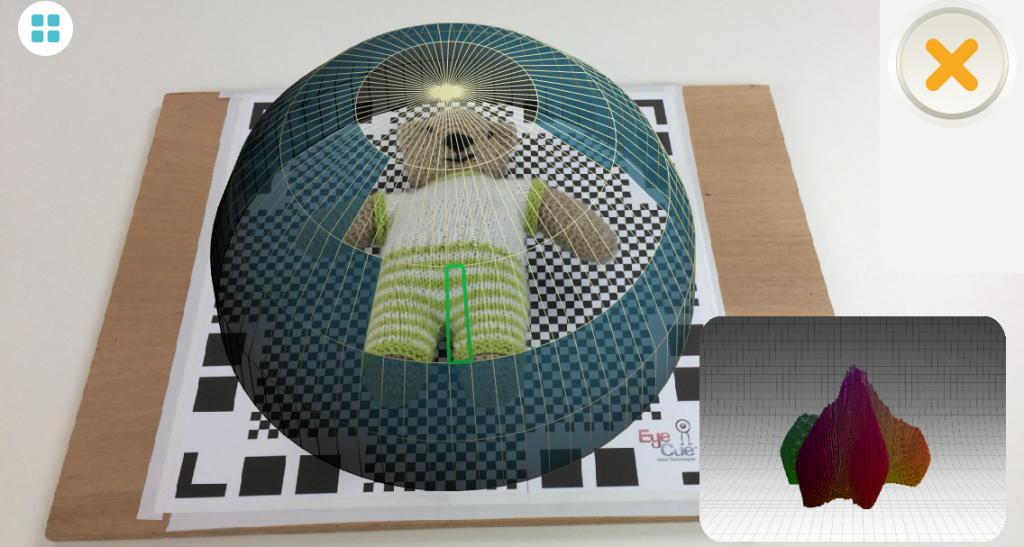
As you can see in the screenshots, a model is already forming while clearing the pieces of the dome. After this, and a few seconds of processing, you can retouch the model and texture inside the app. Finally, you can export the result directly to Sketchfab for online sharing in realtime 3D (like my embed below) and VR. You can also upload it to Shapeways to order 3D prints and CGtrader to sell the scan as a 3D asset.
But there’s a catch. While 123D Catch was completely free and TRNIO still is, Qlone requires an in-app purchase of credits to allow exporting of a model.
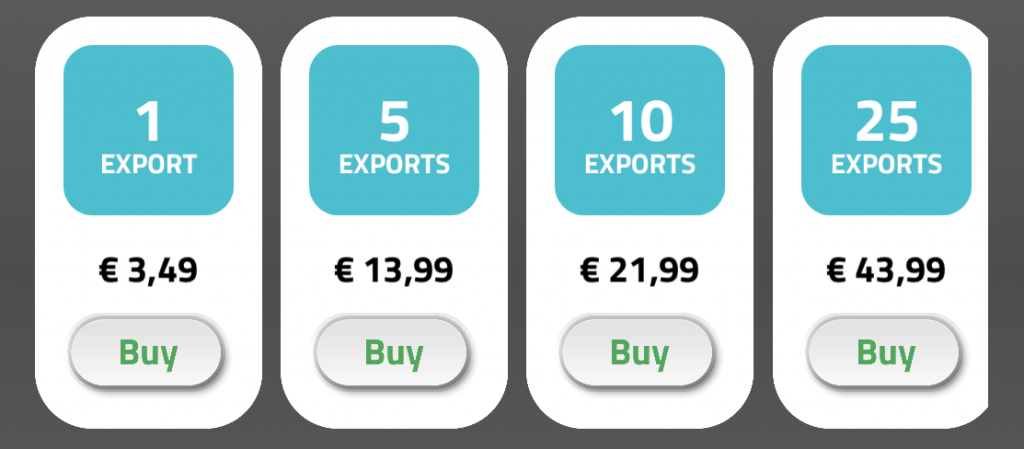
But while the itSeez3D iPad app (Review) for scanning with Structure Sensor let’s users export to Sketchfab for free as long as they disable downloading, Qlone requires a credit to be payed for this as well.
With the largest pack, you’ll pay $1.60 / €1.76 per scan. That’s not a much but the question of course is if it’s worth it.
I’m planning to do a full review soon but I discovered the app doesn’t run well on my old iPad mini 2 and only runs just on my iPhone 5S with a far from smooth scanning experience. Below is the result from a single-sided scan of Teddy but it’s good to know that Qlone can fuse different scans together to generate a complete, 3D printable, 360-degrees model.
The texture looks reasonable but the geometry looks like it’s tapered towards Teddy’s belly. After contacting the developer, I discovered that the app will not only run smoother on more modern iOS hardware but will also deliver better results:
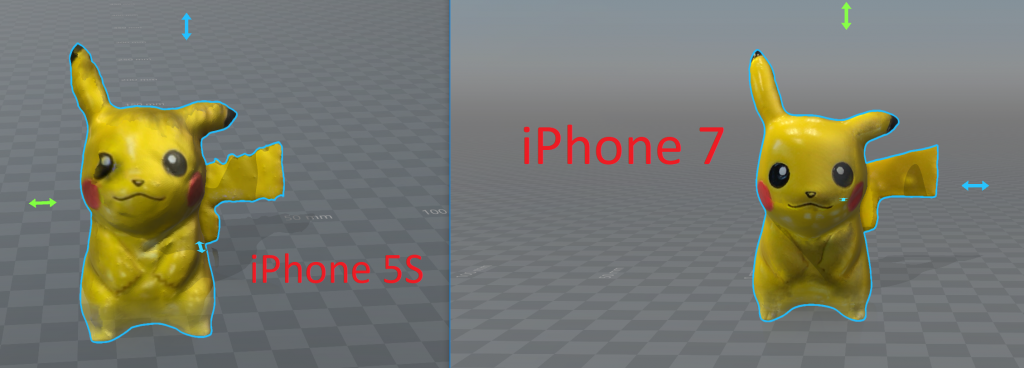
That looks like a significant quality improvement. So before I’m going to put time in doing a full review, I’m going to try to get my hands on a faster iOS testing device.
Of course, using the scan mat limits the app to capturing small objects (unless you have access to a large format printer) and certainly not people.
Qlone available in the App Store and you can make unlimited scans for free so you can see how well it performs on your iPhone or iPad before purchasing credits. I’m curious to the performance on iPhone 7 and up so please share your experience in the comment section below.
To see the app in action, check out this promotional video from the developer.
